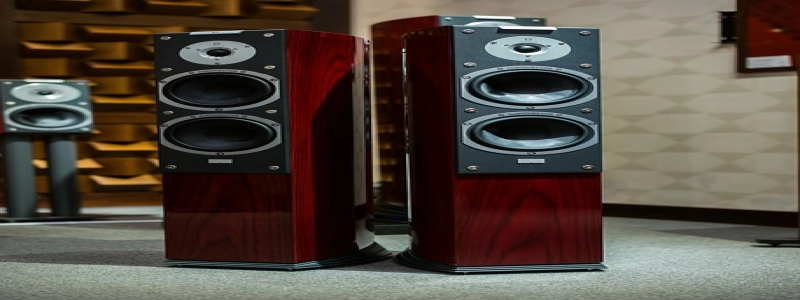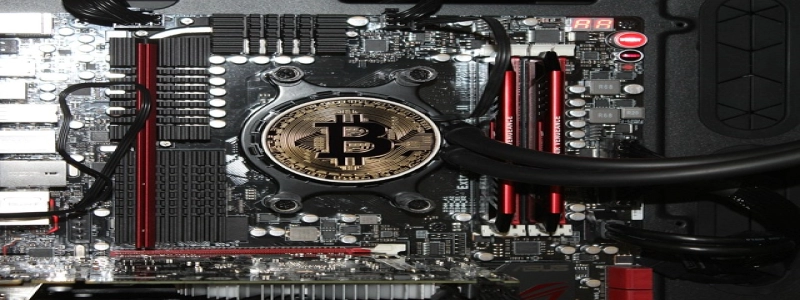What Are Two Primary Responsibilities of the Ethernet MAC Sublayer
Introduction:
Ethernet is a widely used technology for local area networks (LANs) that defines the physical and data link layer specifications. The Media Access Control (MAC) sublayer is a crucial component of the Ethernet protocol. It is responsible for managing access to the physical medium and ensuring the reliable transmission of data packets. In this article, we will explore the two primary responsibilities of the Ethernet MAC sublayer in detail.
I. Frame Exchange and Synchronization:
The first responsibility of the Ethernet MAC sublayer is to facilitate the exchange of data frames between the sender and receiver. It achieves this by implementing various protocols such as Carrier Sense Multiple Access with Collision Detection (CSMA/CD). This protocol allows multiple devices to share a common communication channel without interfering with each other.
The MAC sublayer also ensures the synchronization of frames on the physical medium. It adds synchronization bits at the beginning and end of each frame to allow the receiving devices to identify the start and end points of the transmission accurately. This synchronization process helps maintain the integrity and reliability of data transmission over the Ethernet.
II. Addressing and Error Detection:
Another crucial responsibility of the Ethernet MAC sublayer is to handle addressing and error detection. It assigns unique Media Access Control addresses (MAC addresses) to each network interface card (NIC) connected to the Ethernet. MAC addresses are used to identify the source and destination devices within an Ethernet network.
In addition to addressing, the MAC sublayer is responsible for performing error detection. It incorporates a cyclic redundancy check (CRC) algorithm to generate a checksum for each frame transmitted. The receiving devices calculate the checksum based on the received frame and compare it with the transmitted checksum. If the calculated checksum does not match the transmitted one, it indicates that an error has occurred during transmission.
Conclusion:
The Ethernet MAC sublayer plays a vital role in the efficient functioning of Ethernet networks. Its primary responsibilities include facilitating frame exchange and synchronization, as well as handling addressing and error detection. These tasks ensure the smooth and reliable transmission of data packets, which is crucial for the overall performance of Ethernet-based systems. Understanding the responsibilities of the MAC sublayer is essential for network administrators and engineers involved in managing and troubleshooting Ethernet networks.








